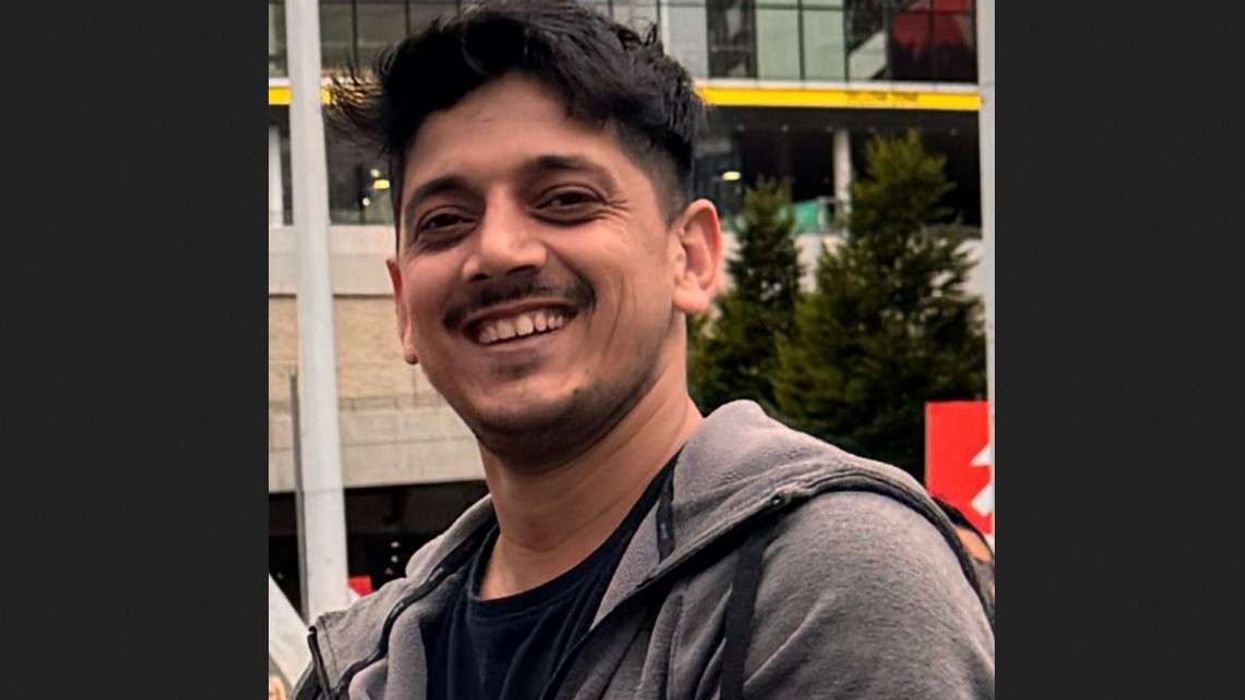A host of MPs, celebrities and key members of the Asian restaurant and catering fraternity were on hand to launch the inaugural Asian Restaurant and Takeaway Awards (ARTA), the most prestigious celebration of South Asian cuisine in the UK, at the House of Lords in January.
ARTA will pay homage to the achievements of the British Asian catering industry at the finale award ceremony in London on 30th September 2018.
The nominations launch was hosted by Baroness Uddin and attended by MPs including Rushanara Ali MP, Paul Scully MP, Lucy Frazer MP and Rupa Huq MP; VIP’s such as former England cricketer Devon Malcolm; and members of the vibrant Asian restaurant and catering scene in the UK.
The launch event activated a rigorous selection process led by the UK public, as ARTA will honour the best chefs and service staff; their unprecedented artistry and culinary skills; and the environments they create for diners and lovers of the nation’s favourite dish – the curry – in restaurants up and down the country, as selected by the diners themselves.
At the nominations launch event, ARTA Founder Salik Mohammed Munim said: “It is our maiden journey and we are hopeful that, with everyone’s help and support, we can really engage the industry, truly recognising the people that work hard day and night, seven days a week, 365 days a year.
“Our mission is not only about an award, our mission is to introduce the industry to the regional colleges where we have staff shortages. We’re hopeful that we can get the colleges engaged with the industry. If we work together, it can help the industry by engaging youngsters with the Asian restaurant trade.”
Powered by online booking system, ChefOnline.com, the concept of ARTA and its journey begins and ends on a customer level. Galvanised by the technological platforms at their disposal alongside a clientele base of over 100,000 active customers, the dedicated frequenters of curry houses on the streets of Britain are now invited to put forward their favourite Indian restaurants.
The process of nomination via online applications and websites will create an authentic list of the nation’s most cherished Asian eateries, based on the opinions of local residents from 15 regions across the UK and Ireland.
Following the nominations launch, ARTA will categorise nominated restaurants across 15, distinct regions in the UK and Ireland in order to distinguish the Top 30 South Asian restaurants in each region – from Edinburgh to Southampton, from Belfast to Cambridge, and everywhere in between. A formal assessment will then be conducted to determine the leading culinary establishments based on criteria such as quality of service; quality of product; value for money; and food hygiene ratings in tandem with the number of nominations provided by the public.
Regional heats or cookoff’s will be hosted at local colleges and universities, where restaurateurs will have the chance to earn the accolade of being among the region’s top dining establishments.
Following the completion of the regional cook-offs, the Top 10 restaurants from each area will be invited to the Grand Finale ceremony at InterContinental London – The O2. The prestigious occasion on 30th September 2018 will witness the presentation of 15 Regional Prizes, the Newcomer of the Year Award and the Champion of Champions Award in honour of the most outstanding Indian restaurant in the UK.
Rushanara Ali MP said: “I want to start by congratulating everyone who has brought together this event. These are the inaugural Asian Restaurant and Takeaway Awards and the nominations are coming from the consumers, customers – that’s fantastic! It’s the tireless, dogged work that has built a phenomenal industry and I know that you all, in different ways, have contributed to making sure that that contribution is significant for our economy and for jobs at a time when there are huge challenges.”
She added: “With uncertainty around Brexit it’s really important that, here in Parliament, you have a strong voice among members of the House of Lords as well as members of the House of Commons, so our commitment is that we make sure we advocate and champion the things that matter to you.”
The Asian catering industry is valued at approximately £5 billion. Even so, over the years the industry has witnessed a steep downturn. This decline is largely attributed to the shortage of skilled workers in the hospitality sector, from a lack of talented chefs all the way through to front of house staff. This is due to the UK’s stringent immigration policy relating to skilled workers from outside the EU, coupled with a palpable sense of disinterest among younger people or job seekers with regard to the hospitality sector as a potential career path. The ARTA initiative involves addressing this insufficiency.
Through reaching out to current and prospective students at the regional cook-offs, ARTA aims to establish a program of youth engagement that will revitalise the food industry by targeting a demographic that is crucial to the future prosperity of the sector. As ARTA proceeds to work with businesses, colleges and universities nationwide, it will introduce the industry and prospective workers to one another, inspiring a symbiotic relationship whereby the image of the culinary sector is enhanced.
Paul Scully MP said: “The curry industry is an industry that is so dear to my heart because I see the 11,000 or so entrepreneurs around the country that have done so well over the years and the people that you employ and that’s why, when I was asked to support ARTA, I was really happy to do so because you’re offering something different. What it’s doing is actually looking at the industry in a really holistic way, bringing in customers, bringing in supporters to nominate restaurants, nominate people, nominate the skilled people that you have across the industry, not just in the kitchen itself and that’s really important.
“I think it’s going to be the FA Cup of curry awards. I know it will be a really prestigious thing for people to be holding up that cup, cherishing for that year that they are the very best in the country. It is right that we celebrate the very best and inspire the next generation to make sure that this industry not only survives but thrives.”





 Jahanvi Tiwari is reshaping global beauty by celebrating brown skin Jahanvi Tiwari is reshaping global beauty by celebrating brown skin
Jahanvi Tiwari is reshaping global beauty by celebrating brown skin Jahanvi Tiwari is reshaping global beauty by celebrating brown skin  Jahanvi Tiwari celebrates brown beauty for a global audience
Jahanvi Tiwari celebrates brown beauty for a global audience The Brown Daughter creator champions inclusivity and self-confidence
The Brown Daughter creator champions inclusivity and self-confidence Jahanvi Tiwari turns representation into a lifestyle movement
Jahanvi Tiwari turns representation into a lifestyle movement 






